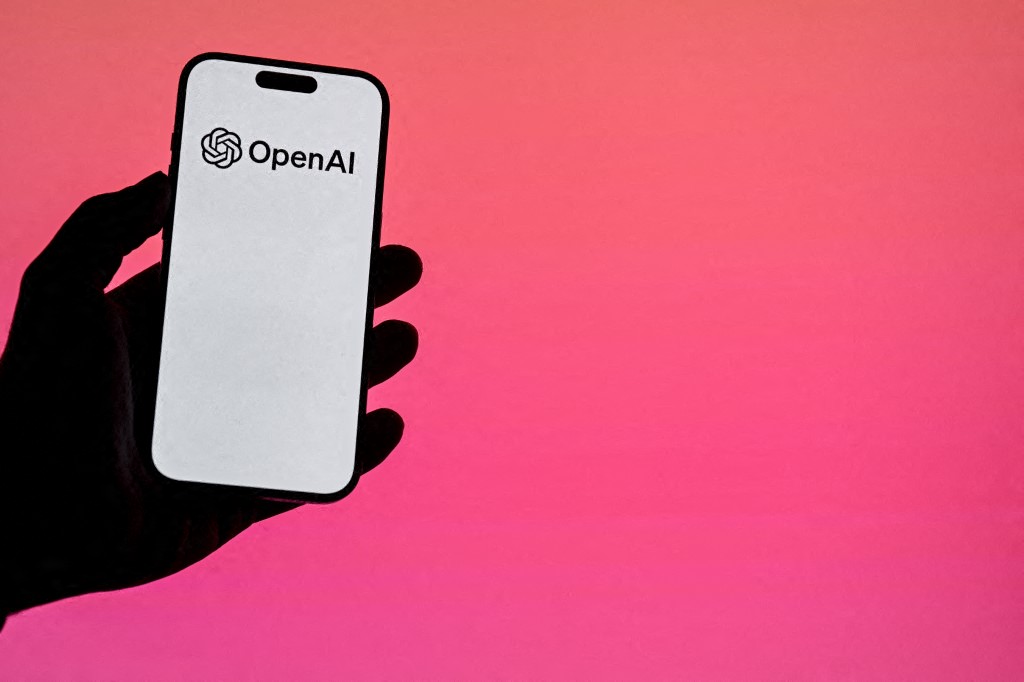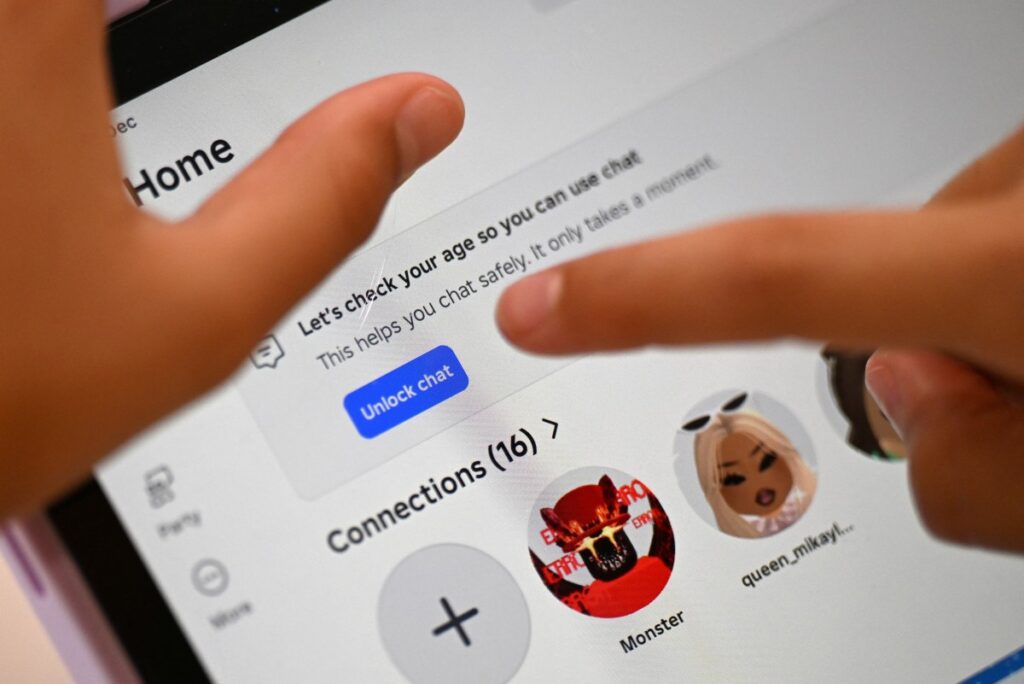With 2020 coming to an end, uncertainty still spews among many in the industry as to what kind of changes to expect in 2021. The annual guide by Global Web Index highlights the trends to keep an eye out for in 2021.
A change in the relationship with the city
The pandemic has, without doubt, contributed to a growing desire to escape from the city, but one that’s not so much defined by the movement of people as it is by a shift in the urban mindset. While data from multiple reports show a growing need to migrate from the city, this isn't fueled by fear of the virus but rather by a shift in consumer priorities. Research shows that where people want to relocate is primarily about a change in lifestyle (31%) and a quest for a quieter location (29%) than what the city can offer. 2021 won’t be seeing a drastic change in the physical composition of urban areas, but rather one that reflects a shift in urban mentality.
Marketers still need to pay close attention to the urban mindset and know when to double down on it. The COVID-19 induced lockdown not only gave birth to new habits but also forced many to reflect and value what really matters to them. The nights out with friends transformed into nights in with family; the saved money from the theater and live concert tickets was reinvested in kitting out our homes. Not to mention the enthusiasm about that daily outdoor exercise slot. This doesn’t mean that cities are dead – but the consumers' relationship with them, and what we enjoy about them, has changed.
Behaviors that were mostly associated with suburban or rural culture have now sprawled across cities’ young populations, slowly but surely becoming ingrained into actual consumer interests. Businesses and marketers have a unique opportunity to tap into this new mentality.
The rise in remote working and flexible work hours
Companies are now torn between pre-paring for a full return to the office at some point, and committing to large-scale remote work. Commanding hordes of employees, and seen as trailblazers in their products, it’s easy to look to Twitter and Facebook as role models. But decision-makers are better off relying on peer companies for working-from-home insights, and listening to employees, as demand for flexibility varies significantly by sector.
Industry examples offer useful guidelines, but companies should push some of the power to drive culture onto workers. Creating a cycle of ongoing feedback and demonstrating how it’s implemented is crucial to this process. The pandemic has rapidly accelerated the remote working shift, but barely nudged the trend of flexible work- weeks. Compared to 2019, office staff is 32% more likely to say they have a broad permit to work remotely, but are only 5% more likely to report the same increase in flexible working hours. More importantly, less than a third of workers are broadly permitted to do either – which means we’ve only scratched the surface of this new workplace paradigm that many are already taking for granted.
Given the direction we’re headed, this journey is going to have a huge impact on HR departments, These professionals will soon be on the radar of B2B companies marketing collaboration tools, communication software, and wellness schemes, as their role in managing workplace cultures becomes more intrinsic to a positive employee experience.
Another growing health crisis
Very few predicted 2020 would be defined by a pandemic. But it has sown the seeds for an almost inevitable health crisis in 2021, one for which the world needs to prepare. Physical health and wellbeing is understandably everyone’s biggest priority at the moment. But it’s telling that for most people, mental health is currently more of a concern even than access to a vaccine. As several countries face further lockdowns, the mental strain is set to increase through the start of 2021.
Many were already in a mental health crisis before COVID, and the pandemic has made an urgent and complex problem even worse. Because of this, consumers have been trying to support themselves. Friends and family are the most popular group to reach out to, and social media has proven a boon to many. Consumers have frequently turned to music and TV to relax and de-stress, so media companies are well-placed to help. Streaming platforms could push playlists, shows, and other content tailored for relaxation. Offline activities are a popular way to unwind too, so even deeply digital businesses shouldn’t be afraid to support their consumers with tools to disconnect.
Brands need to walk the talk with their purpose
For years now, brands have become more and more vocal about their sense of purpose and their commitment to social and environmental responsibility. But the rules have changed. It’s a question of brand positioning. In a world where interactions with a brand’s products are increasingly online, companies need to get more creative in how they distinguish themselves from the competition.
Social responsibility and brand purpose can go a long way in filling the gap leftover in the absence of being able to see and touch a brand’s products. Businesses looking to grow their brand amid the pandemic will need to align with their customers’ values in ways that are genuine and sustainable. And what’s more – consumers and prospective employees will hold them accountable like never before.
Asking consumers what they want from brands almost always produces results of “high-quality products”, and usually at an affordable price as well. Even more than discounts, consumers want meaningful support. They want to do business with companies that value the environment, and over four in 10 say brands should place more focus on social causes and the wellbeing of their employees.
For years, corporate PR teams have been promoting the idea that they provide value for their shareholders, as well as for their customers and employees. Now they have the opportunity to make good on those promises.
A green awakening
COVID-19 initially led to much greater optimism about the potential impact on the environment. In Q2 2020, 53% of consumers globally said they think the environment will get better in the next six months, up from 41% in Q1 2020. Among generations, even though Gen Z and millennials are far more positive about the future of the environment than baby boomers generally, there are still significant increases across the board.
This optimism is largely influenced by the perception that COVID-19 has, or will have, a positive impact on the environment. Despite this, it seems the positive developments have been short-lived and overstated. Once the reality of the situation became clear, consumer backlash ensued and the positive optimism levels began declining by Q3.
Coming of age
In terms of digital behavior, the “generation-defining” year of 2020 has been much more impactful for Gen X and boomers compared to their younger counterparts. Barely any part of their online lives has been left untouched by the pandemic, to the extent where distinctions between “young” and “old” from a digital standpoint have taken a big step toward becoming less relevant
As lockdown restrictions came into effect, spikes in digital activity followed. For younger groups, it didn’t take long for these spikes to settle down. For older groups, their engagement continued to flourish.
As lockdowns began to ease, older groups were doing much more than just browsing Facebook, Amazon, and Netflix. These shifts represent a step-change in how the internet fulfills the basic needs of older consumers, and how much they’ll rely on the internet in the future.
Three areas stand out:
1. Commerce
2. Finance
3. Social-connectedness
The digital storefront
When the world closed up shop in 2020, e-commerce shifted into a new gear. E-commerce boomed as stay-at-home orders were issued, and the increased activity will stick. 49% of consumers expect to shop online more frequently, even after the pandemic. Online purchases are still largely driven by the “seamless” qualities of free delivery (60%) and an easy check-out (43%). But 29% want the experience to be entertaining.
Many retailers recognized support for social causes as a potential deal-clincher (or deal-breaker) for consumers during 2020. But an entertaining experience is just as important – and it will become even more so through 2021. The call for “entertainmerce” has come loudest from high-income earners (32%) and millennials (33%), so there is some serious spending up for grabs.
Livestreams are already emerging in some parts of the globe as a way to provide that entertainment into the shopping experience. They’re engaging and easily accessible, as well as entertaining. They’re probably best known for being popular in China – in May 2020, Chinese live-streamer Viya hosted a live stream to more than 37 million users – and each night her audience places orders worth millions of dollars.
But brands across the globe should be prepared for this trend spreading in some form. TikTok and Instagram are both doubling down on commerce integrations with live- streams, and the global context will require retailers to work harder to fight for customers.
Data for good
As digital citizens, we leave an ever-growing breadcrumb trail of personal data behind us every minute of every day. And through recent years – and recent scandals – this has increasingly troubled us. However, privacy concerns declined this year in the wake of the pandemic. So what’s happened? The threat to online privacy itself hasn’t lessened – if anything, it’s actually increased with contact tracing apps and wider surveillance operating in heavily affected regions.
What’s more, this is unfolding at a crucial time, when government regulation and moves by big tech to safeguard data privacy are challenging the ad space – an industry largely reliant on user tracking to make money.
Now, with Google’s announcement to block 3rd-party cookies from chrome by 2022, digital marketers must pivot their strategies under a ticking clock. Unraveling this trend and figuring out what’s next has many layers. Fortunately for brands, advertisers, and publishers, the implications are positive. Consumers’ relationship with data privacy is evolving; it’s up to the industry to nurture it in the right way.
In reality, data sharing does provide personal benefits for internet users. It’s what gives us a seamless browsing experience online, keeps ads we see relevant, and lets us take advantage of more tangible things like free wifi or discounts. Brands and publishers need to make both of these clear in order to cultivate a more equitable relationship with consumers. 41% of global consumers prefer to exchange their personal data for free services rather than pay for those services to safeguard their data.
While emphasizing these benefits is key, being transparent about the cost is, ultimately, the other half of the analysis. For advertisers to take advantage of relaxing consumer worries during this period, a new commitment to transparency and clarity, in the long run, will be paramount.
Our relationship with online privacy is evolving and maturing; the pandemic has accelerated this and made clear what we will tolerate and why. For brands, advertisers, and publishers the opportunity lies in nurturing this new relationship the right way, so that data can truly be for the good of all.





